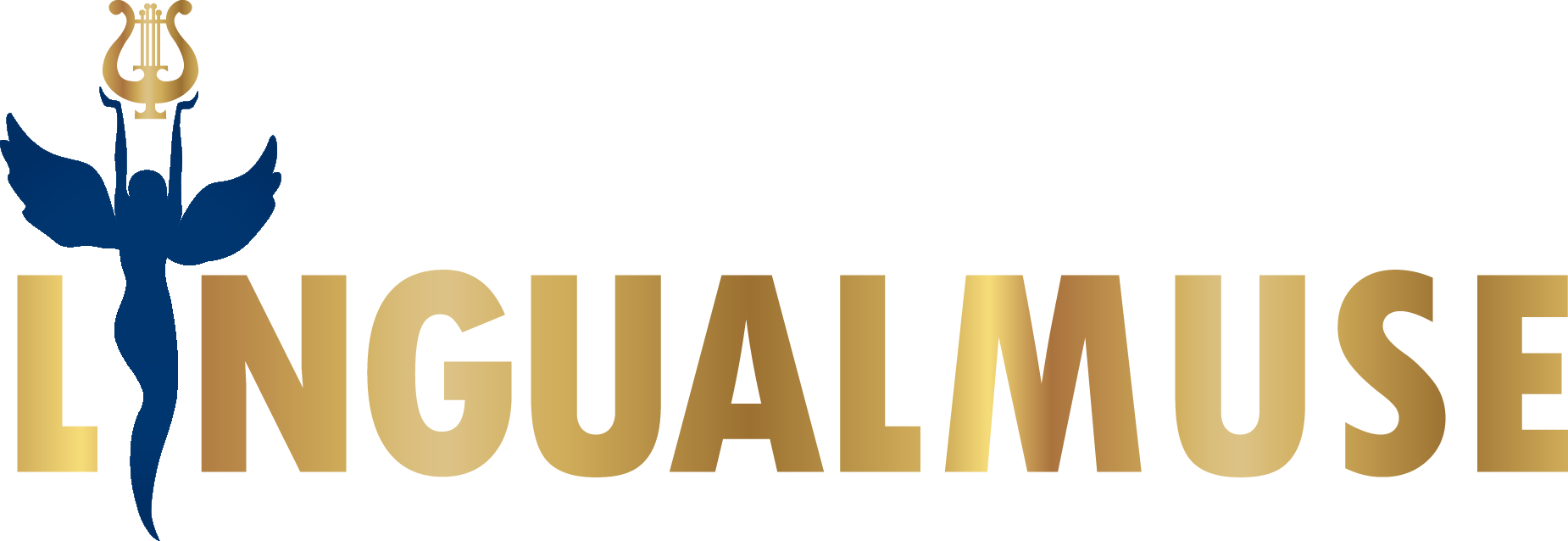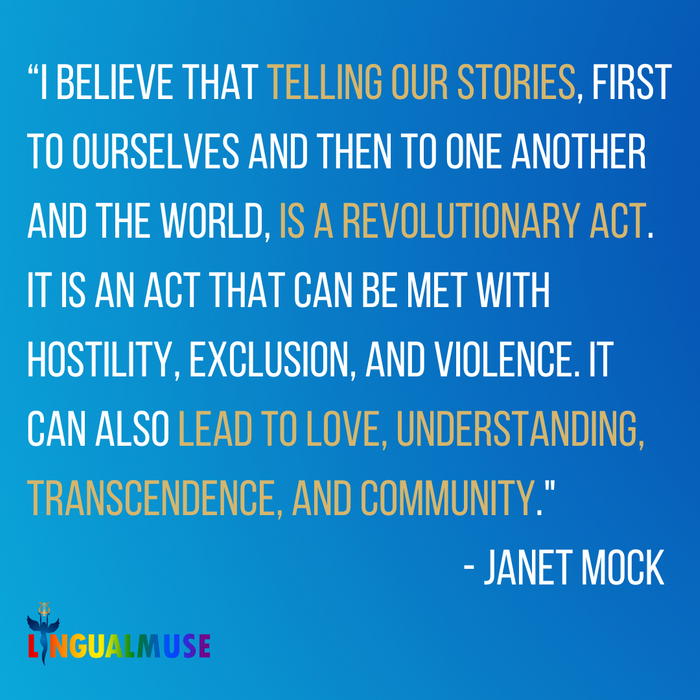True communication, of course, is a combination of self expression and active listening. When we are able to hear and be heard, to understand and be understood – that is when we can begin to come together and grow together.
In a new-to-you language, as well as in your native tongue, self expression begins with an understanding of the patterns that are that language's backbone. What's the basic structure of a phrase, a sentence, a paragraph? What are the stress patterns of the words and phrases? Each language has a unique sound and a unique attitude, and an understanding of these is monumental in expressing your thoughts. To build this out, of course, we must collect a variety of vocabulary for different contexts, and grow confidence in using it.
We also encourage you to really listen to the stories and perspectives of others. In a new-to-you language, one key to this is to listen for the words and phrases that are familiar, and the ones for which you detect particular emphasis. To fill the gaps, use context, but be wary of inventing new information! When in doubt, ask for repetition or clarification (and if it's an audio or video file, replay, replay, replay)!



